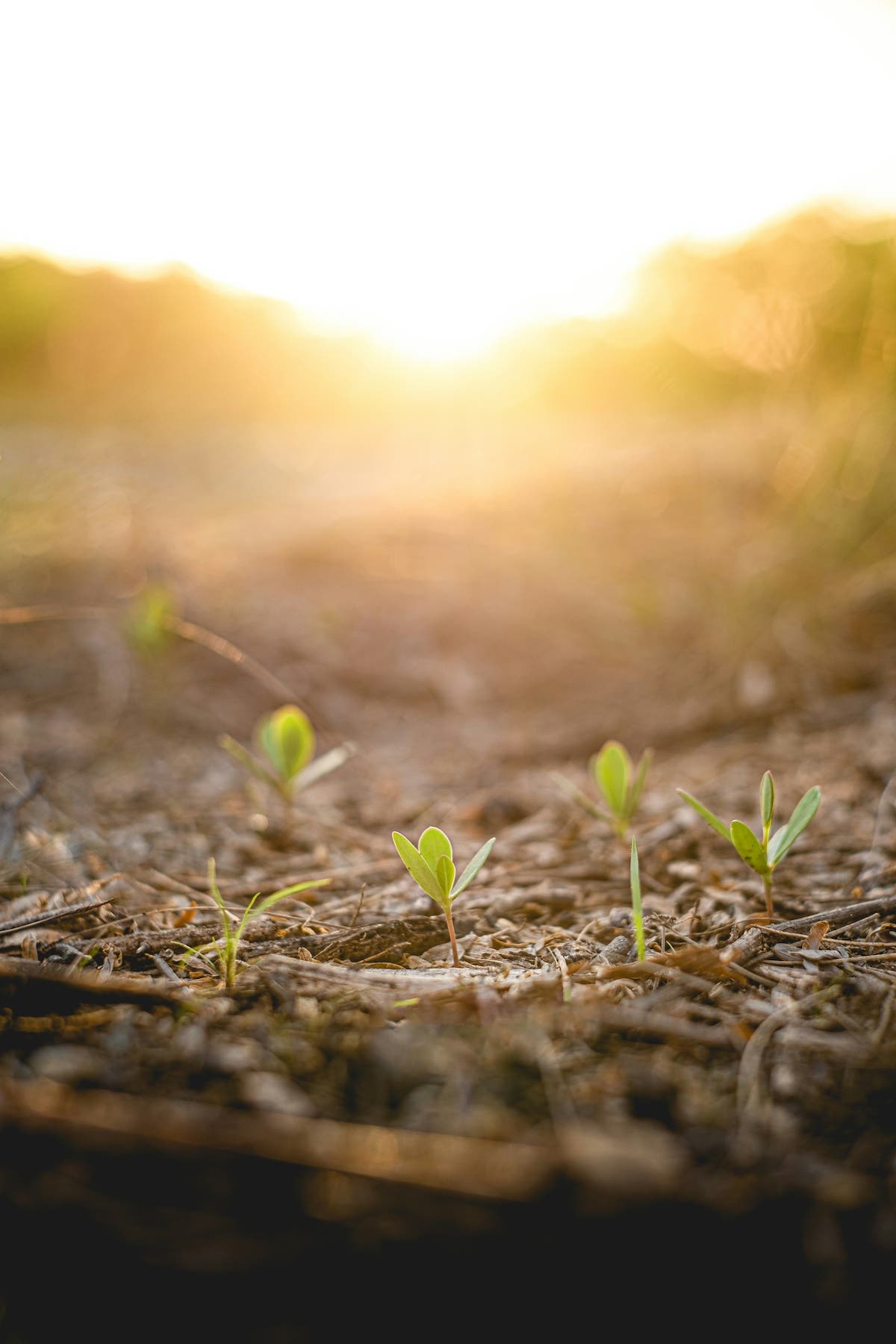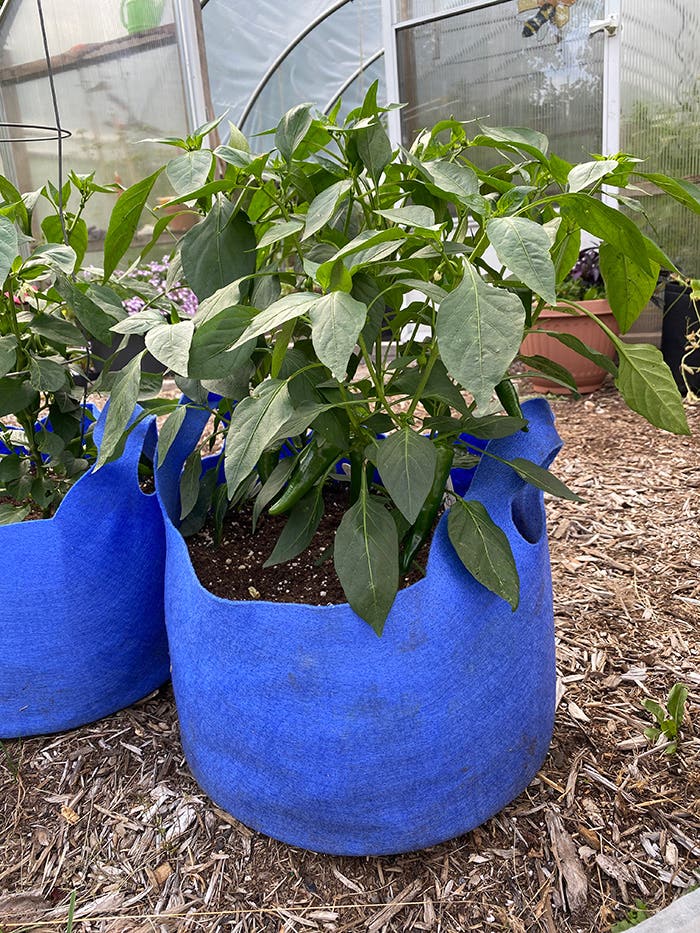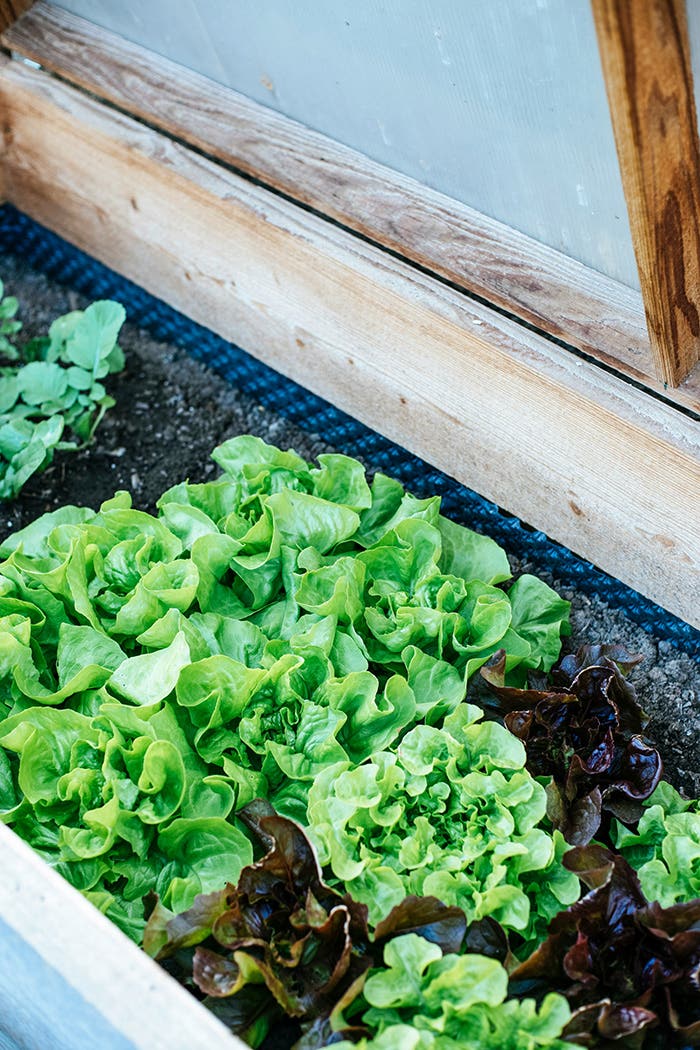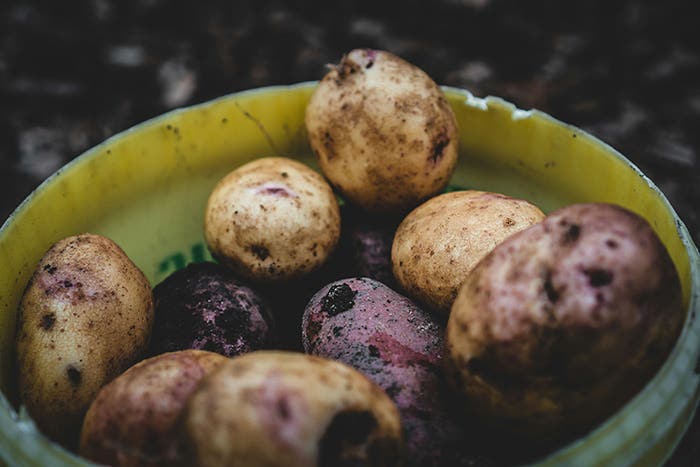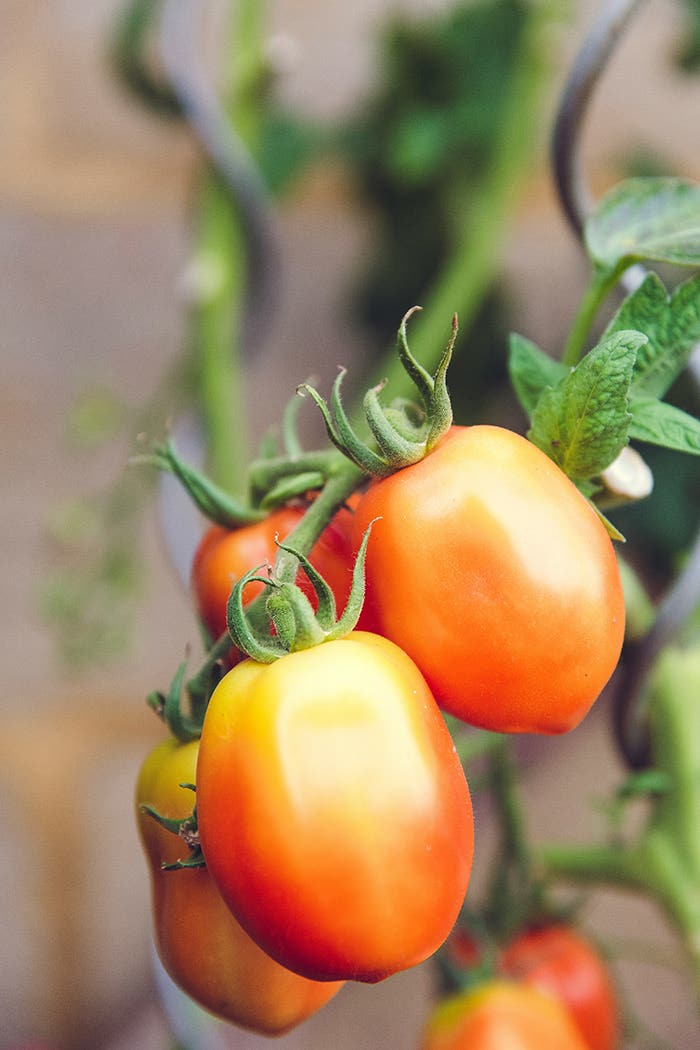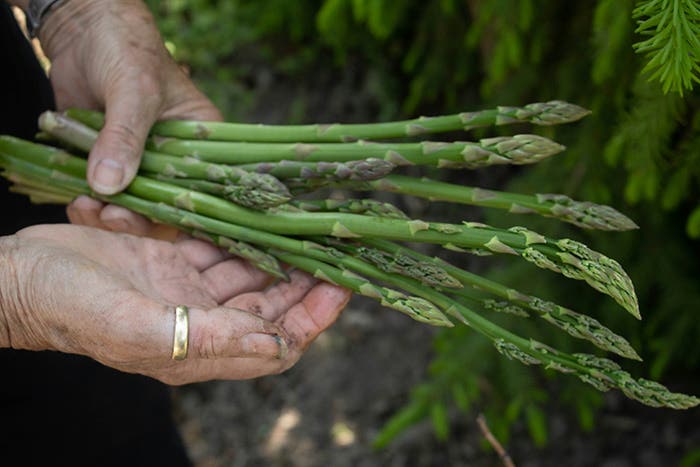Grow Potatoes in Your Home Garden
Grow potatoes in your home garden with these tips. Potatoes are an easy crop in the ground or in containers.
Grow potatoes at home for an easy, tasty harvest. Potatoes prefer cool climates (USDA Zones 2–7), and they can be planted shortly after the last spring frost. (They can be grown as a winter crop in warmer areas; planting there takes place in autumn.)
Potatoes grow best in a deep, well-drained, easily crumbled and fertile soil where they receive at least six hours of direct sun each day. It's always a good idea to get a soil test to determine your soil's contents. If necessary, organic fertilizer and/or compost can be added to improve soil structure and fertility.
While you can grow potatoes from home-produced planting stock, it is highly recommended to use certified seed potatoes every year instead. This helps prevent diseases. It's also a great way to try different varieties, including heirloom potatoes. Some favorite heirloom varieties include ‘Russian Banana’, a fingerling; ‘Orchestra’, a white potato; and ‘Norkotah’, a russet.
Grow potatoes in the ground
Grow potatoes in small gardens by making a trench with a hand-held hoe or by digging individual holes with a spade or fork. Space your seed potatoes about 12 inches apart. Put in some organic fertilizer before backfilling the trench or hole, following the package directions. Water the newly planted potatoes well, but thereafter be cautious about overwatering. Saturated soil can lead to reduced yield and poor quality. Keep the soil evenly moist—not wet, but don't let it dry out.
Grow potatoes in containers
Containers in which to grow potatoes should have a capacity of 10 gallons or more, a depth of 15 to 18 inches and good drainage. Storebought containers and repurposed buckets work equally well. (If using buckets, make sure to drill drainage holes, and avoid buckets that have previously held chemicals.) You can also find specially designed reusable potato-grow bags.
For container-grown potatoes, a good potting soil is necessary, be it store-bought or mixed at home. A mix of multipurpose compost and coarse sand will work. A mulch of leaves, straw and grass clippings can be added to the top of the mix as the plants grow taller. Seaweed works wonderfully well for those who live near the ocean.
Harvest and store potatoes
Early potatoes can be harvested while the plants are blooming. Mid- and late-season potatoes are dug up when the foliage begins to die back. (When you purchase your seed potatoes, their harvest season should be noted.)
When harvesting potatoes, use a garden fork and be careful not to injure them. Bruises and cuts can develop into storage rot. Exposure to light can cause a bitter tasting build-up of food chemicals that are poisonous. Dry your potatoes in a shaded area for no longer than a few hours before moving them into storage.
Potatoes that will be used within a few days can be stored in any cool, dark space. For long-term storage, such as through the winter, potatoes need a dark space with good ventilation and a temperature of approximately 39˚F. Most basements are too warm; a refrigerator may be your best bet.


